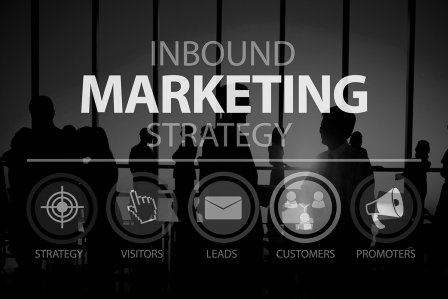
How to Make a Marketing Plan
Keys to making a market plan
We explain all the necessary steps you need to take before starting any business project
The marketing plan is the instrument that structures any business project. It is indispensable for the beginning of any business initiative. If you are planning to open your own business, this instrument will make it easier for you to access both public and private financing. In other words, this is the document that will help you apply for subsidies, access a loan from a financial institution or a company that is interested in the service or product you are going to offer.
As you have already been able to deduce, marketing plans are instruments, tools and, above all, documents that will not only make it easier for you to finance your business proposal, but will also become your guide for your business to be successful and develop. However, these types of plans are not only applicable to entrepreneurs or startups, but also to any type of modification aimed at achieving the growth of an established company.
But what should this document collect?
A marketing plan must include, among other things, the objective to be achieved. For example:
- Introduce a new product or service.
- Start a new line of business.
- Add a new sales channel to a physical store.
- Start a company.
This gives rise to a series of strategies that will have to be formulated and which, through the corresponding actions, will allow us to achieve those goals that we have set for ourselves in a specific period of time. In order to arrive at these strategies we have to take a look at the sector to which the company belongs, what actions the competition is currently taking, etc.
Parts of a marketing plan
All marketing plans are based on a business idea, whether the company is operating or not. There is no specific formula to carry them out, but they should include at least the following sections:
Analysis of the situation
In this first point an assessment of the situation has to be made. To this end, a number of questions must be answered.
As for the market:
- What is already being done in the market?
- What is my direct competition?
- What is my indirect competition? That is to say, those companies that are not from the area where the business is going to be located, but that make proposals similar to your business proposal.
As for the project itself:
- ¿Qué tipo de proyecto es?
- ¿Qué producto o servicio ofrece?
- ¿Qué valores aporta? Dicho de otro modo, ¿por qué han de comprarme a mí y no a mi competencia?
- ¿Dónde se va a ubicar la compañía?
- ¿Qué vas a necesitar para poner en marcha esa empresa o ese proyecto?
- ¿Qué debilidades, fortalezas, amenazas y oportunidades detectas en tu negocio? (análisis DAFO).
As for the client:
You must know your client perfectly, also called buyer person. It is recommended to make a list with all its relevant data for the business. For example: age, sex, tastes, where you live, products you usually buy, etc.
Objectives
With all these data collected you will have a global and objective vision of the project you are going to tackle. The next step is to decide what you want to achieve. In short, establish the objectives or goals you want to achieve in a given period of time. These can be drawn up in the short, medium and long term. However, you will have to keep in mind that they are feasible. This is that they can be brought to reality, within the possibilities that exist and the means that are available.
As a recommendation when setting objectives, they should be as concrete as possible. This will allow us to better measure the results we are obtaining. Observe that throughout the professional activity, you will have to elaborate different marketing plans or modify the existing ones in order to be able to face your competition.
Strategies
You must impose a time limit on both objectives and strategies. This way, you will be able to organize yourself in order to execute actions and to calculate the corresponding expenses of these. But before taking action, you need to establish a series of strategies that will allow you to achieve the goals you have set for yourself.
An example of an objective would be: to have a new sales channel for my multi-brand clothing store. The strategy would be: to create a website that is an online store. As a result, the actions to be carried out would be: make campaigns in Google Ads of products from my store, create profiles in the social networks of the store (Facebook, Instagram), make discounts for online purchase, etc.
Budget
Strategies and actions have a number of costs. If we continue with the previous example, we must consider the cost of creating a website and whether or not it will be connected to the Point of Sale or POS of the physical store.
Other expenses derived from this implementation are: the own computer maintenance of the web, the campaigns that are carried out in Google Ads and social networks, etc.
Plan Review
When you finish writing a marketing plan, it doesn't mean it's finished. On the contrary, you have only just begun. When you start, you have to check whether you are meeting your objectives and the deadline you set. If this is not the case, it will be necessary to adapt or rework the plan to the situation.
Likewise, if the objectives have been met, new ones will have to be sought. On the other hand, the market situation or the competition may cause changes that in turn lead to the need to establish other strategies and actions. In other words, a new marketing plan.
That is why it is advisable to set one or two objectives to work with and to the extent that these are met incorporate new. But always gathering as much information as possible. In this way, you will have the necessary data to make the right decisions.
It is true that it takes a long time to draw up such plans. But you can always count on BCM Marketing to help you develop your Marketing Plan because we want your company to continue growing.











